Table of Contents
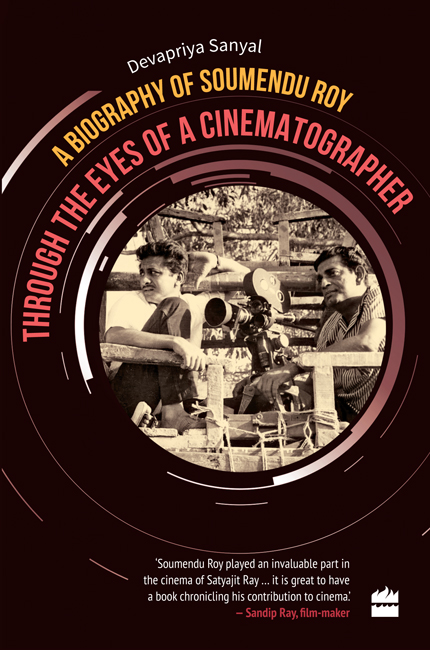
THROUGH THE
EYES OF A
CINEMATOGRAPHER
A BIOGRAPHY OF SOUMENDU ROY
Devapriya Sanyal

For Mamoni and Mamai
CONTENTS

 Soumendu Roy was born to Kanak Kumar Roy and Gargi Roy on 7 February 1932 in a house on Grey Street, north Kolkata. He spent the first ten years of his life in the rich green, princely state of Dharamjaigarh, which was then a part of the state of Madhya Pradesh, and is now a part of Chhattisgarh.
Soumendu Roy was born to Kanak Kumar Roy and Gargi Roy on 7 February 1932 in a house on Grey Street, north Kolkata. He spent the first ten years of his life in the rich green, princely state of Dharamjaigarh, which was then a part of the state of Madhya Pradesh, and is now a part of Chhattisgarh.
Roys ancestral home was in Kanchrapara, approximately sixty-one kilometres from Kolkata. Early on his grandfather, Debendra Kumar Roy, had shifted to Kolkata with his family, and the extensive Roy family has been in Kolkata ever since. They resided in various rented houses in north Kolkata until his grandmother, Nirupama Roy, passed away. Afterwards, in 1936, their house at 148 Rashbehari Avenue was built by his sejo jyathamoshai (fathers third eldest brother), Dr Bimal Kumar Roy, who was a civil surgeon in Bihar. Soumendu Roy remembers the house at Rashbehari Avenue as a large rambling house just opposite Priya Cinema [and] in which we all lived like a joint family. That house, unfortunately, has been demolished. I still have photographs of it, though, Roy says. I remember, sometimes the member count in that house would reach fifty or fifty-one. I came away from Dharamjaigarh to stay in Kolkata when I was just short of ten.
Dharamjaigarh: The First Ten Years
Dharamjaigarh of Roys childhood had no king, but a Rajmata Gopinath Kumari. India was still under British rule. The state of Dharamjaigarh was named after Raja Dharamjai Singh, the Rajmatas father-in-law. Roy remembers the Rajmata as being straightforward, and very religious. Of course we saw neither Dharamsahib nor his wife. In fact, we hadnt even seen the Rajasaheb Rajmatas husband. But we saw Rajmatas chhoti saas the younger mother-in-law. She was very fond of me. We used to call her Chhoti Ma Saheba. Since she knew that I loved all sorts of saag, she would often cook different varieties of it and send them over to our house.
And even though the Rajmata lacked formal education, as women were not encouraged to study much in those days, she was very astute in handling matters of the state. Roys father, Kanak Kumar Roy, managed the states legalities for her one needed knowledge of the law to govern. I still remember the British resident who was in charge of small states like Dharamjaigarh. He was a pukka military man, and at all times one could see a cigar on his lips. My father would answer all the letters that the resident sahib sent to the royal family.
Roy says there was no railway station then, adding, Even now theres no station at Dharamjaigarh. If one took the passenger train, one would have to get off at Kharsia and travel the remaining forty miles to Dharamjaigarh by bus, or one would have to get off at Raigarh station and travel fifty miles by bus. All of his siblings without exception had to spend some part of their childhood in Dharamjaigarh with their father.
Roy says his father was a very intelligent man with a phenomenal memory. He loved to read all sorts of books, but predominant among them were Tagores works. He was also very fond of writing. My father translated the Bhagavad Gita into Bengali, as well as the Sri Sri Chandi (a book praising Goddess Chandi, a rather popular deity of Bengal, and containing stotras to evoke her blessings). When the latter was published as a book, the famous educationist Suniti Kumar Chatterjee wrote the foreword for it. Baba had also translated the Bible into Bengali. He was extremely fond of the fine arts be it music or dance or theatre. He had a theatre group for many years and loved gardening as well. He would go over to the club to play tennis, sometimes billiards, and was extremely skilled at bridge. He would also tell us stories in fact, he was a very skilled storyteller. I still cant forget the joy we would derive from listening to his stories.
His mother, Gargi Roy, who hadnt received much formal education was nonetheless very modern in her outlook. For a woman of those times, she was extremely generous in the way she thought. I still wonder at that. She believed neither in the caste system nor in untouchability. Even though we had a Brahmin cook, the rest of the work was done by the local tribal men and women. She always respected people for what they were. Roy says he cannot recall a single incident of his mother ever having raised her voice or even acting irritably. She hated lies, jealousy and greed. I still remember her cooking, which was excellent to say the least; she was much skilled at embroidery, too. I still have one or two of those embroideries done by her with me now. At Dharamjaigarh, I had never seen her perform puja. Later of course, she took diksha from Anandamayee Ma and would do jop, the ritual mantra the initiate was required to chant. But that was a lot later. Whenever ma looked at my younger sister Babi or me with her serene eyes, it seemed to me that she could penetrate our inner beings and read our deepest thoughts. I have never ever kept any secrets from her.
Kanak Roy father shifted to Dharamjaigarh around 1928, when the terrain was mostly forest land. Soumendu hadnt been born then. Kanak had married at an early age, when he was still a student of law. Naturally, he was concerned about how he would run his household. Kanaks fathers youngest brother, whom the young Soumendu and his siblings called Kalpidadu, and who happened to be a friend of the Rajmatas father, the zamindar of Chainpur, came to his rescue. One day the zamindar told Kalpidadu, I feel really worried for my widowed daughter. Shes hardly twenty-five. Who will help her take care of so much property? Do you know of anyone who could help? It was then that Kalpidadu suggested his nephew Kanak to his friend, the Rajmatas father. The Raja of Dharamjaigarh, Chandrashekhar Pratap Singh, had five wives. The Rajmata was the eldest and only twenty-five years of age when the Rajasaheb passed away.
When Kanak Roy initially started working for the royal family, he stayed in a mud house. That was till he got a pucca bungalow built, with a thorn hedge around it. Roys mother used to say that in that mud house one could often smell a tiger. Roys father had even seen a cheetah in the courtyard once, just outside the house. The bungalow had two verandahs one in the front and another at the back. Surrounding the house was a large beautiful garden. There was no electricity then neither in Roys home nor even in the palace just hand-drawn fans and lanterns with their old world charm. All of Roys elder brothers were in Kolkata when he was young; his eldest sister was married and living in Lahore. Only his mejdi, who was still unmarried then, was living with them at Dharamjaigarh. Eventually she got married too, and so Babi and young Soumendu naturally grew closer.
Roy spent the first ten years of his life in Dharamjaigarh with his younger sister Babi, who was three years younger to him. Roy is the sixth child of his parents. He has two older sisters, Namita Sengupta (Didi) and Amita Gupta (Nan-di or mejdi), and three elder brothers Sukhendu Roy, Subhendu Roy and Subir Roy. His youngest sister is Arpita Sengupta (Babi). None of his older siblings are alive, except for his elder brother, his dada, Sukhendu Roy, who is a nonagenarian.


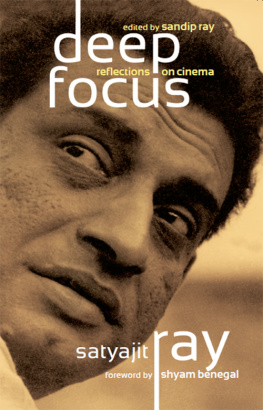
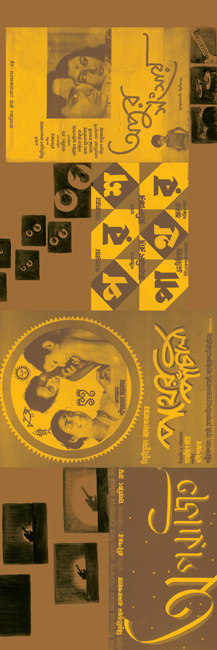
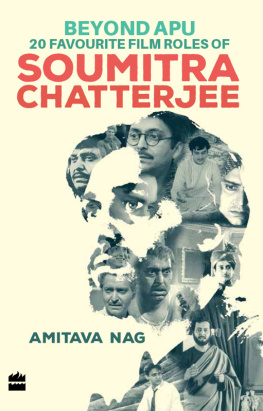
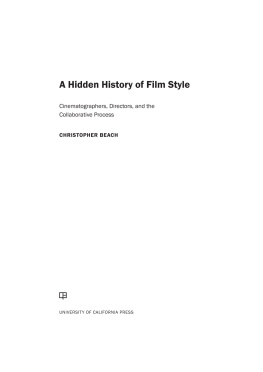





 Soumendu Roy was born to Kanak Kumar Roy and Gargi Roy on 7 February 1932 in a house on Grey Street, north Kolkata. He spent the first ten years of his life in the rich green, princely state of Dharamjaigarh, which was then a part of the state of Madhya Pradesh, and is now a part of Chhattisgarh.
Soumendu Roy was born to Kanak Kumar Roy and Gargi Roy on 7 February 1932 in a house on Grey Street, north Kolkata. He spent the first ten years of his life in the rich green, princely state of Dharamjaigarh, which was then a part of the state of Madhya Pradesh, and is now a part of Chhattisgarh.